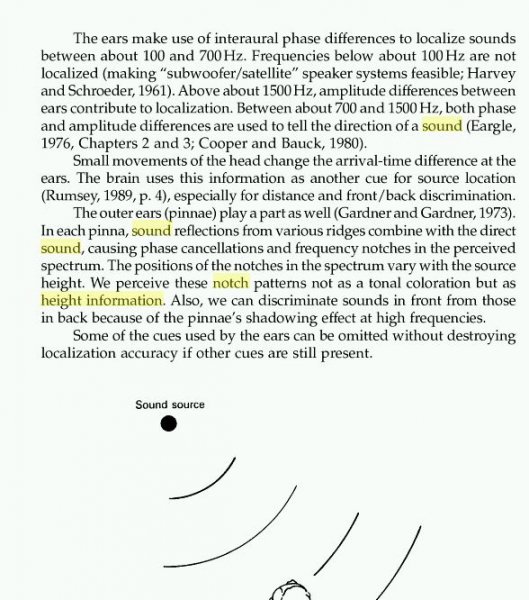Sigh.I said it before and I'm saying it again; I was just listening to a recording two nights ago by Roger Waters - 'Amused To Death', and the drums are lower, the vocals higher, and the guitar(s) even higher, The bass in the middle, everywhere, and the talkin' on the r.a.d.i.o. at the extreme left and higher than the drums, or a kitchen table.
And so on so on so on ...
Several Patricia Barber recordings have also various heights in them, so some from Eva Cassidy.
... Kasey Chambers, Aimee Mann, Stacy Earle, Laurie Anderson, Lucinda Williams, Mary Gauthier, Katie Webster, Mary Chapin Carpenter, Rosanne Cash, Julie Miller, Sam Phillips, Jennifer Warnes, Loreena McKennitt, Joni Mitchell, Kate & Anna McGarrigle, Rickie Lee Jones, Janis Ian, Ani Difranco, Kathleen Edwards, Shawn Colvin, Tracy Chapman, Joan Osborne, Loretta Lynn, Alison Krauss,
Diana Krall, Nanci Griffith, Emmylou Harris, Allison Moorer, Jane Monheit, Eleanor McEvoy,
Cindy Blackman, Holly Cole, Natalie Cole, Norah Jones, Cassandra Wilson, Christy Baron, Sara K., Rebecca Pidgeon, Laverne Butler, Rosemary Clooney, Koko Taylor, Shemekia Copeland, Etta James, Rita Chiarelli, Sue Foley, Rory Block, Eliza Gilkyson, Virginia Rodrigues, Jewel, and so on ...
*** Talkin' 'bout the well recorded acoustic music recordings here, and in particular the live ones.
There is height to the vocals, and other instruments, plus depth as well ... And even forwardness and rearwardness from the audience standpoint and soundstage size respectively.
You can also size the height of the cabarets, the small venues, Jazz clubs, etc.
Talk 'bout holographic sound stage with real height, width, depth, & imaging! :b
And from just a single pair of loudspeakers ...tra la la ...3D & all ...Blues, Jazz, Classical, World, ...
You have simple frequency discrimination from your speakers when displaying a spacial sound stage. That's all. What you describe is attributable to the placement of woofers toward the bottom, midrange in the middle and highs toward the top of a cabinet, and the speakers positioned in the room such that there are significant reflections from the walls and ceiling.
I have high res recordings of many of the artists you list, and there is no height information in any of them. Some of the sound stages are remarkably detailed with depth and positional focus, but no height other than the 2.5 feet between my woofer and tweeter (midrange in between them). This is in an acoustically designed and treated room, not dependent on room reflections to enhance the sound stage. What it is, it is.
--Bill








